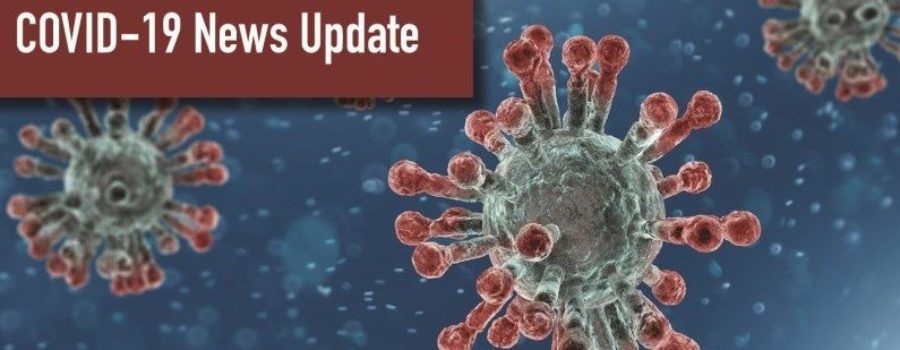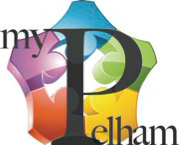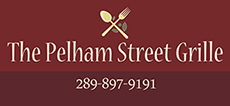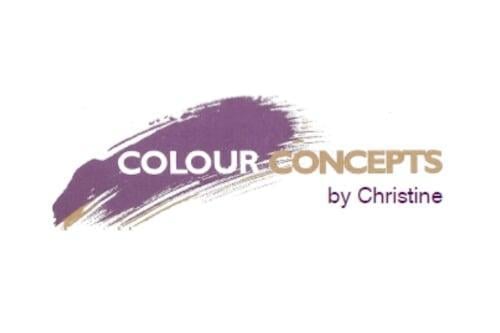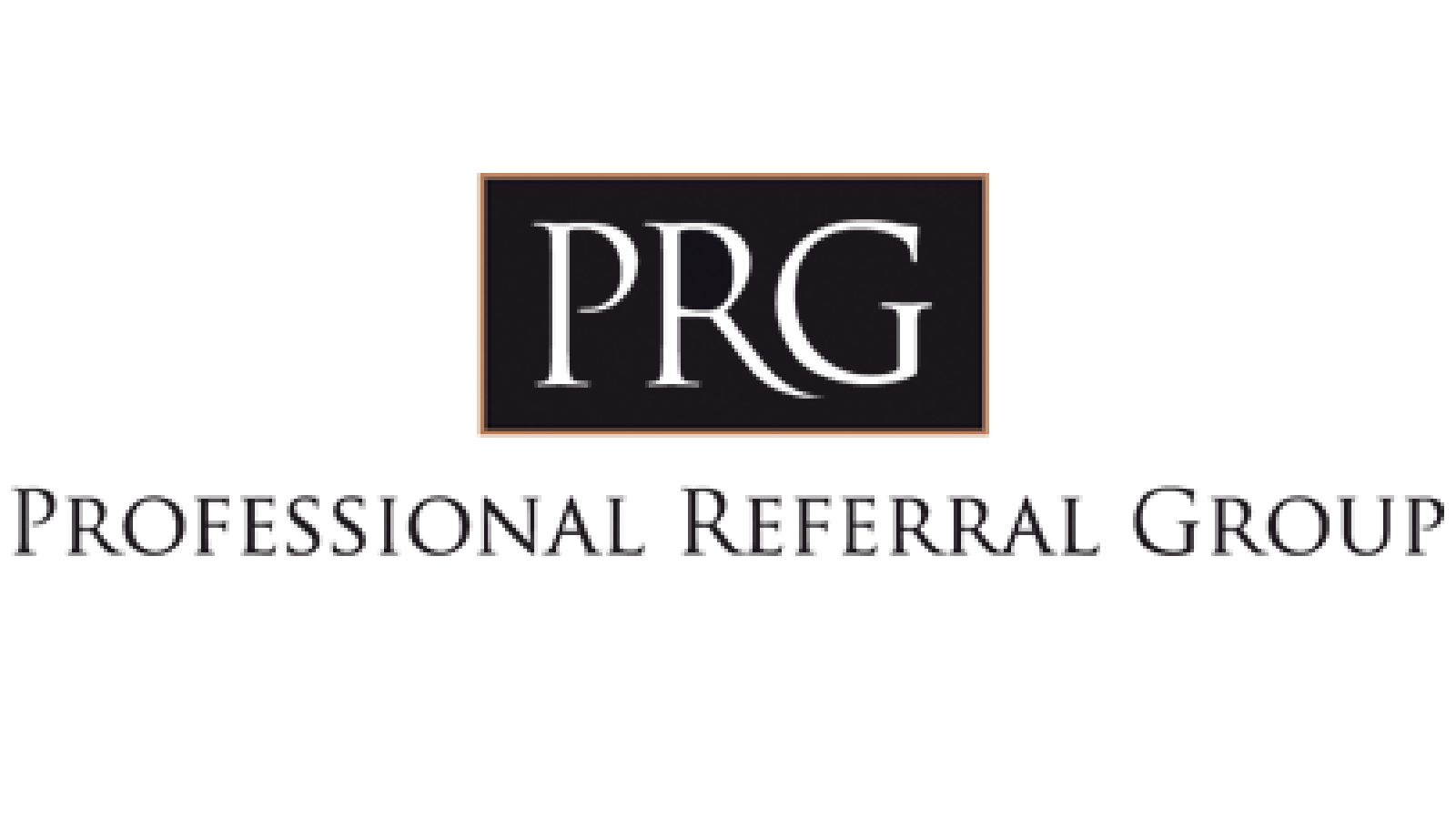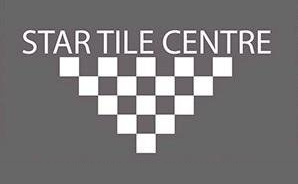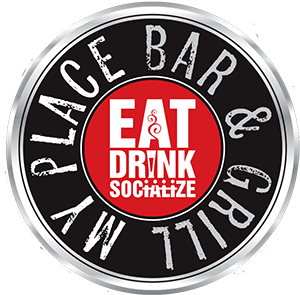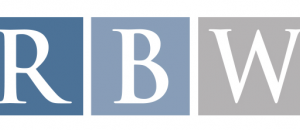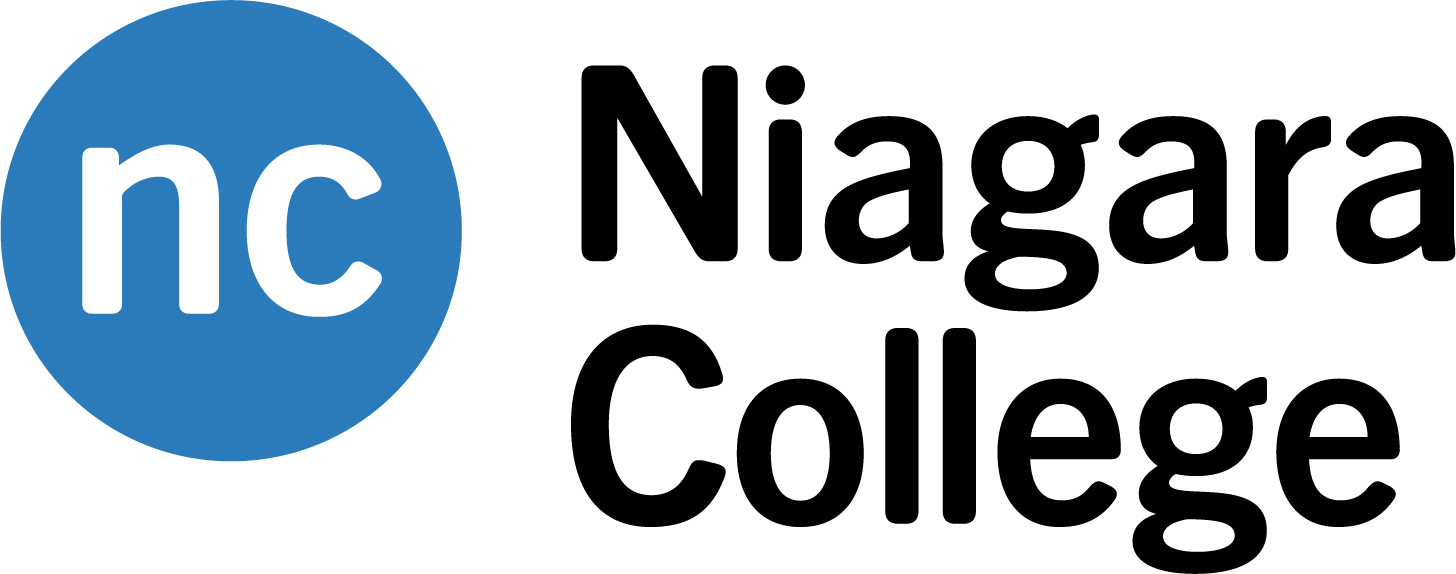Contact tracing and case management continues to be Niagara Region Public Health’s most important activity for stopping the spread of COVID-19 infections. When Public Health receives a report of a confirmed positive case of COVID-19, we conduct what is known as contact tracing.
How exactly does the process work? Upon receiving a report of a confirmed case, Niagara Region Public Health:
- Immediately follows up to ensure the person diagnosed is isolating, gathers information about where they have been and who they have been in contact with, and assesses risk
- Public Health follows up with each person, workplace, and/or business identified by our skilled team as potentially being at significant risk and provides direction
- If you do not receive a call from Public Health, that means you were not identified as being at significant risk
To explain the full process of contact tracing with every positive case, Niagara Region Public Health has created a quick video.
This contact tracing process doesn’t change whether someone is an independent member of the community, affiliated with a workplace, a health care institution, or part of a school. If someone tests positive for COVID-19 at a school, and it is determined that there was risk to others at the school, a very similar process is followed:
- Public Health contacts the school, who helps identify those who have been in close contact
- Public Health will assess the risk of exposure. Those with close contact will be contacted by Public Health and told to isolate for 14 days. Typically, this would be all persons who are affiliated with the same class as the person testing positive. Public Health will also advise if any household members need to be tested. In most cases, testing is NOT recommended as it will likely be too early to get an accurate result.
- It’s important to keep in mind that when someone has tested positive for COVID-19 at a school, not everyone may have been exposed. Those who have been in close contact will be contacted by Public Health. Those who were identified as not being at significant risk will not receive a call from Public Health and can keep going to school as usual as long as they are not ill and the school is open. No news is good news!
- If an outbreak is declared in a school, Public Health will determine next steps on how to control the outbreak, which could include closing classrooms, isolating cohorts, or closing an entire school.
If you or someone in your family is experiencing symptoms of COVID-19, please reach out to your health care provider. Public Health is also happy to help, but a health care provider knows you and your family best, and is best positioned to decide if you or your family member needs to be tested.
If you have questions about COVID-19, contact Niagara Region Public Health by calling 905-688-8248 or 1-888-505-6074, or chat online with a public health professional.
The best way to prevent the spread of respiratory viruses, including COVID-19 is to:
- Practice physical distancing by avoiding close interaction with others (stay 2 metres apart)
- Wash your hands often with soap and water or with alcohol-based hand rub
- Wear a cloth face covering in public when physical distancing cannot be maintained and in accordance with Niagara’s Face Covering By-law
- Limit trips into the community to specific purposes that are important to you (e.g. shopping, dining, particular recreational activities), since extra time outside of the home adds to crowds and makes it more difficult for others to physically distance
- Stay home if you’re sick. Although COVID-19 is often very mild, minor symptoms should not be ignored.
- Cover coughs and sneezes with a tissue or sleeve
- Clean and disinfect high touch surfaces daily. Use a disinfectant and follow manufacturer’s instructions.
As this is a rapidly evolving situation, we continue to remind everyone the importance of using credible sources to stay informed. We update our website frequently as new information is confirmed. We encourage all Niagara residents to visit our COVID-19 webpage.

